Complimentary worldwide shipping on orders over $400 · No import tariffs for most countries
Complimentary worldwide shipping on orders over $400 · No import tariffs for most countries
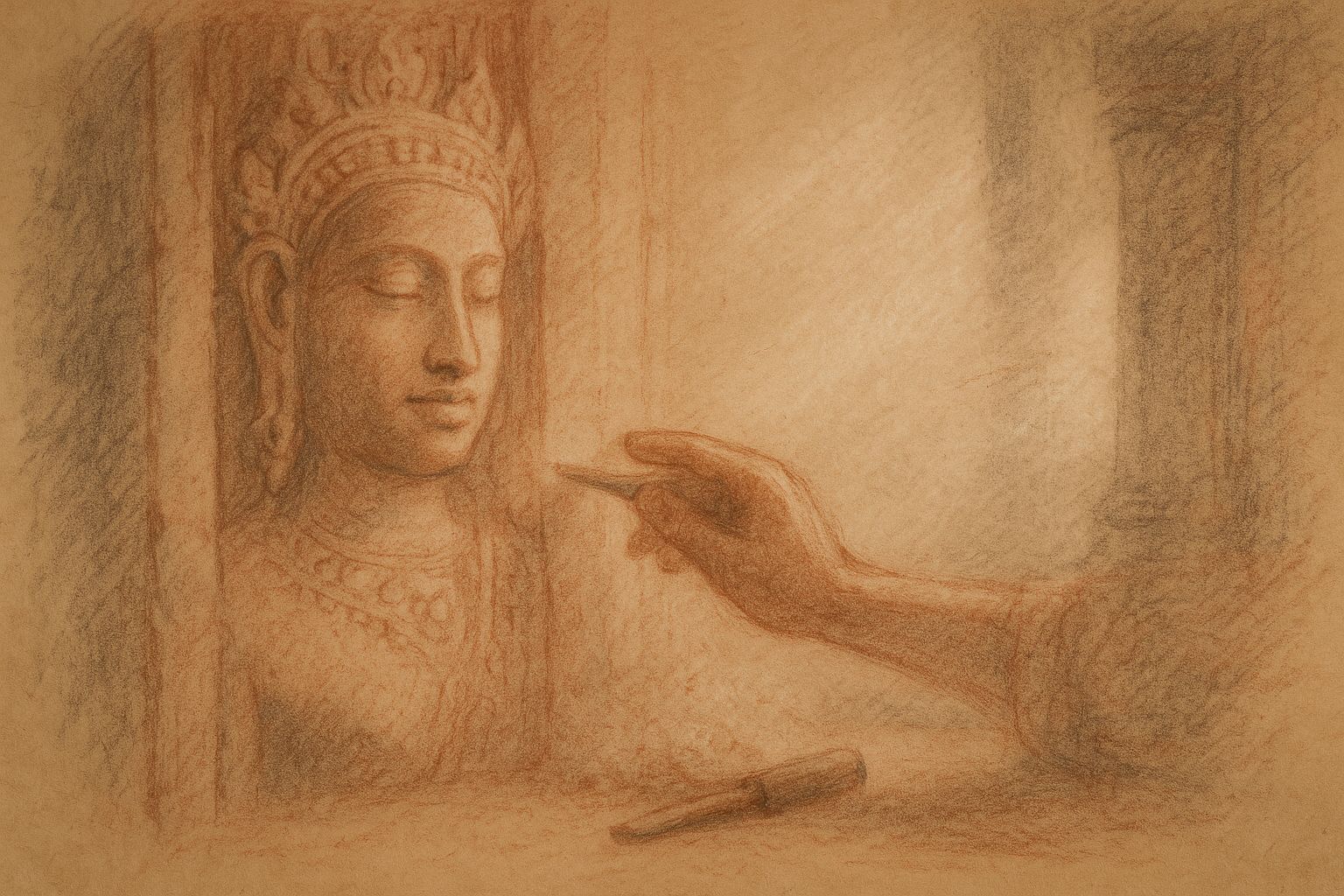
Hands of the Sculptor — The Craft as Meditation
The stone remembers only the breath that shaped it.
In the hush of the galleries one hears a rhythm older than prayer—
metal against stone, a heartbeat drawn through centuries.
The chisel descends; dust rises like incense. Each strike opens silence a little further.
The sculptor is less maker than listener, attending to what the sandstone wishes to reveal.
To carve was to meditate upon impermanence.
The block already contained the god; the artisan merely released him, grain by grain.
Many carvings remain unfinished, their outlines half-summoned—as if the masters paused,
sensing completion not in polish but in restraint.
These visible stages of work are teachings: rough plane, traced contour, first deep cut—
each a rung on the ladder between thought and enlightenment.
No name was left behind.
Anonymity sanctified the act.
To erase the self was the final smoothing of the surface.
Patience itself became the image—serenity rendered in curve and shadow,
discipline turned to grace.
The Khmer workshops were monasteries in another tongue.
Stone was scripture; rhythm was chant.
Hammer and chisel marked the mantra’s beat,
each gesture mirroring the inward stillness it sought to preserve.
What we call ornament was, to them, the residue of prayer.
Standing before these carvings, one senses that devotion can dwell in craft,
that faith may take the shape of fingertips tracing an eyelid,
that enlightenment may arise from the dust falling quietly at a mason’s feet.
Chisel, pause, breath—
until the stone begins to answer.
Also in Library
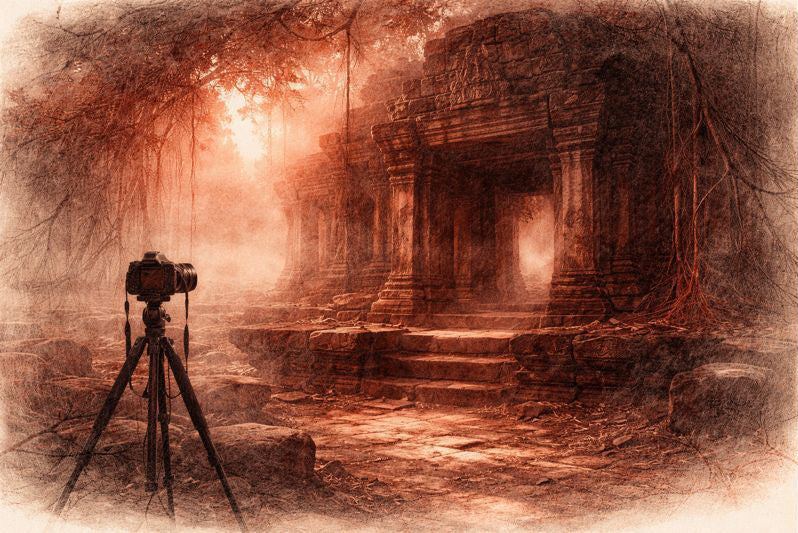
Before the Shutter Falls
3 min read
Before the shutter falls, fear sharpens and doubt measures the cost of waiting. In the quiet hours before dawn, the act of not-yet-beginning becomes a discipline of attention. This essay reflects on patience, restraint, and the quiet mercy that arrives when outcome loosens its hold.
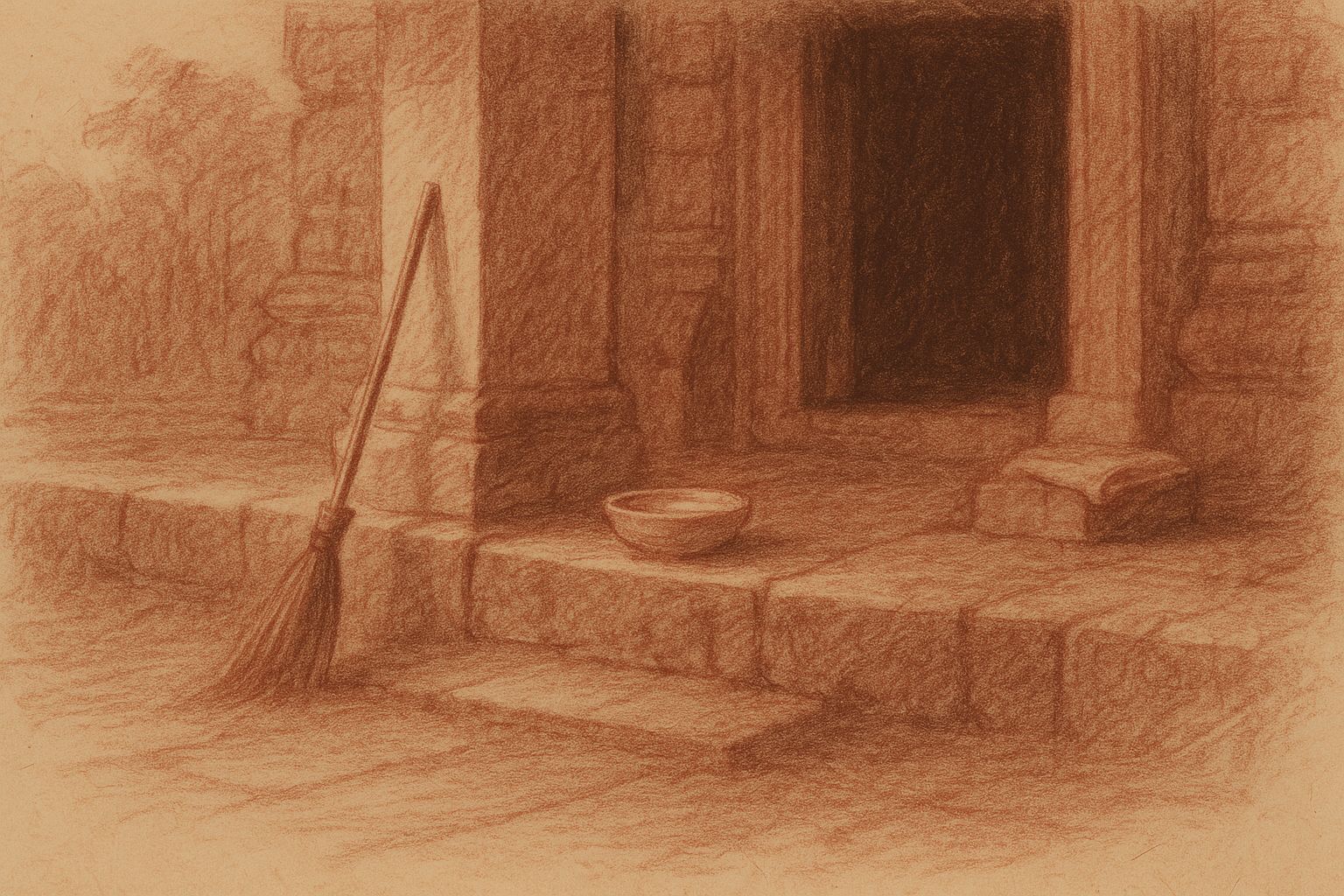
Those Who Keep the Way Open — On the Quiet Guardians of Angkor’s Thresholds
3 min read
Quiet gestures shape the way into Angkor — a swept stone, a refilled bowl, a hand steadying a guardian lion. This essay reflects on the unseen custodians whose daily care keeps the thresholds open, revealing how sacredness endures not through stone alone, but through those who tend its meaning.
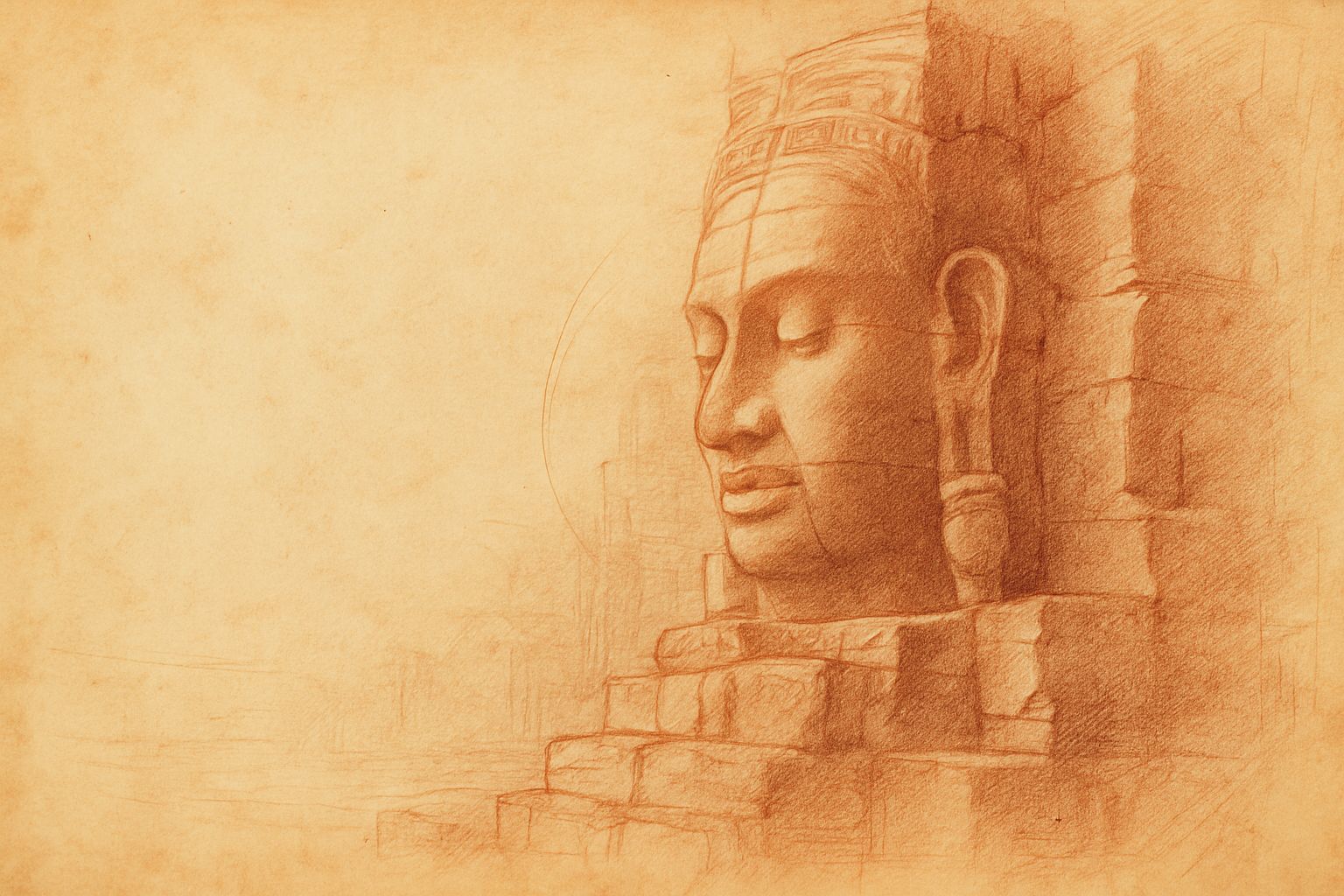
Multiplicity and Mercy — The Face Towers of Jayavarman VII
5 min read
A new vision of kingship rises at the Bayon: serene faces turned to every horizon, shaping a world where authority is expressed as care. Moving through the terraces, one enters a field of steady, compassionate presence — a landscape where stone, light, and time teach through quiet attention.
Join My Studio Journal
Receive occasional letters from my studio in Siem Reap—offering a glimpse into my creative process, early access to new fine art prints, field notes from the temples of Angkor, exhibition announcements, and reflections on beauty, impermanence, and the spirit of place.
No noise. No clutter. Just quiet inspiration, delivered gently.
Subscribe and stay connected to the unfolding story.
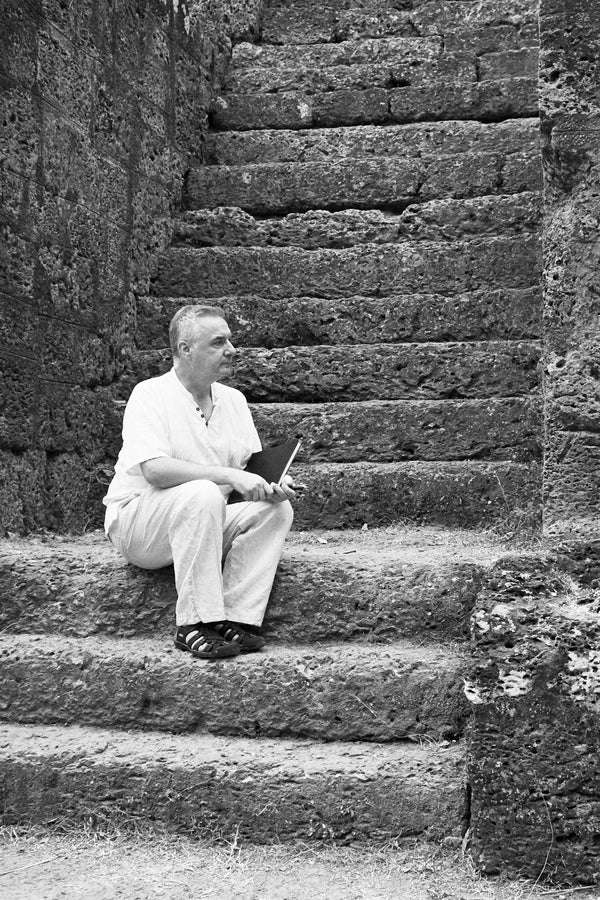
Join My Studio Journal
Receive occasional letters from my studio in Siem Reap—offering a glimpse into my creative process, early access to new fine art prints, field notes from the temples of Angkor, exhibition announcements, and reflections on beauty, impermanence, and the spirit of place.
No noise. No clutter. Just quiet inspiration, delivered gently.
Subscribe and stay connected to the unfolding story.
